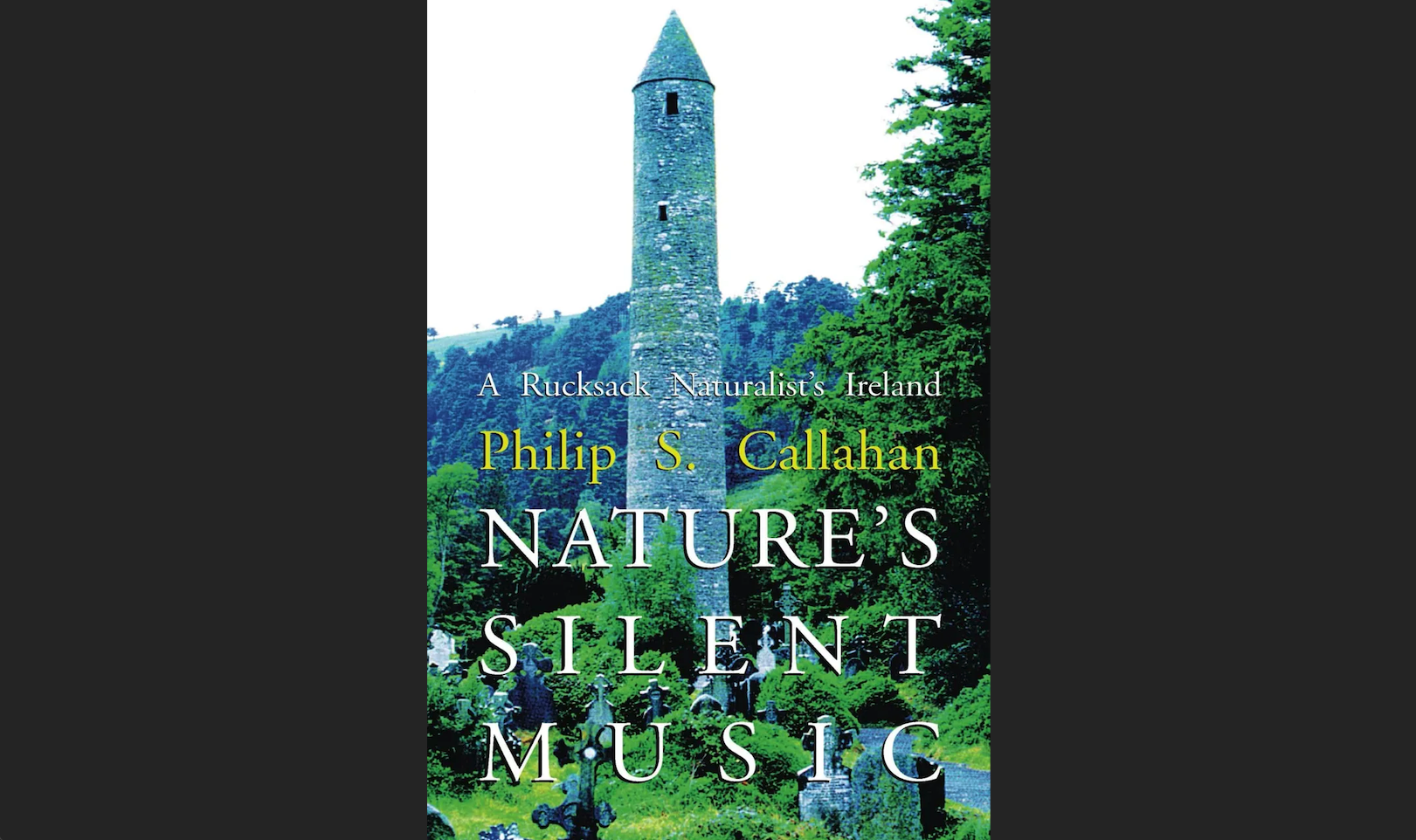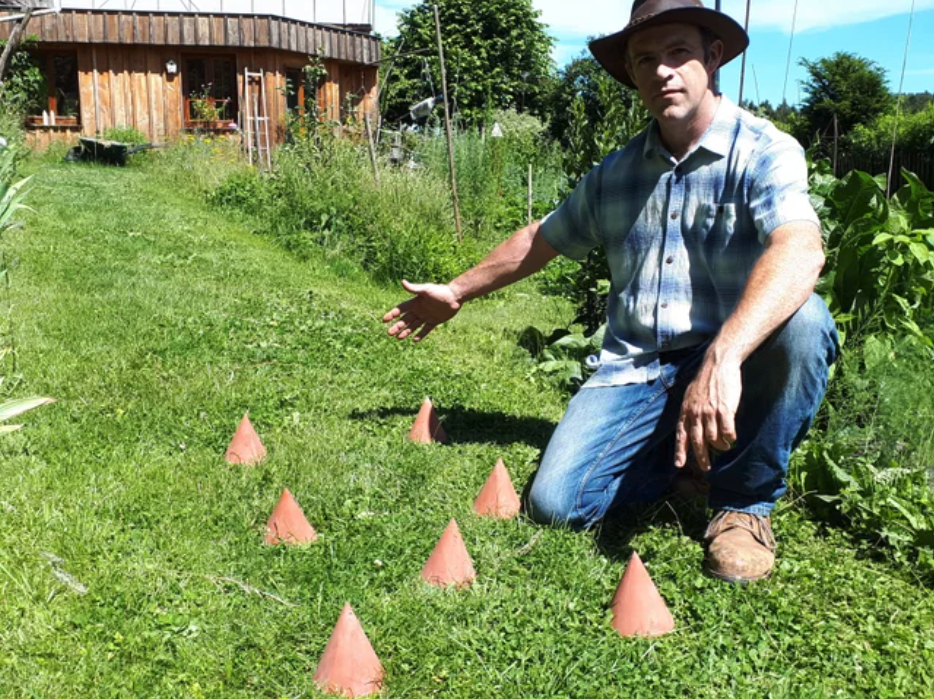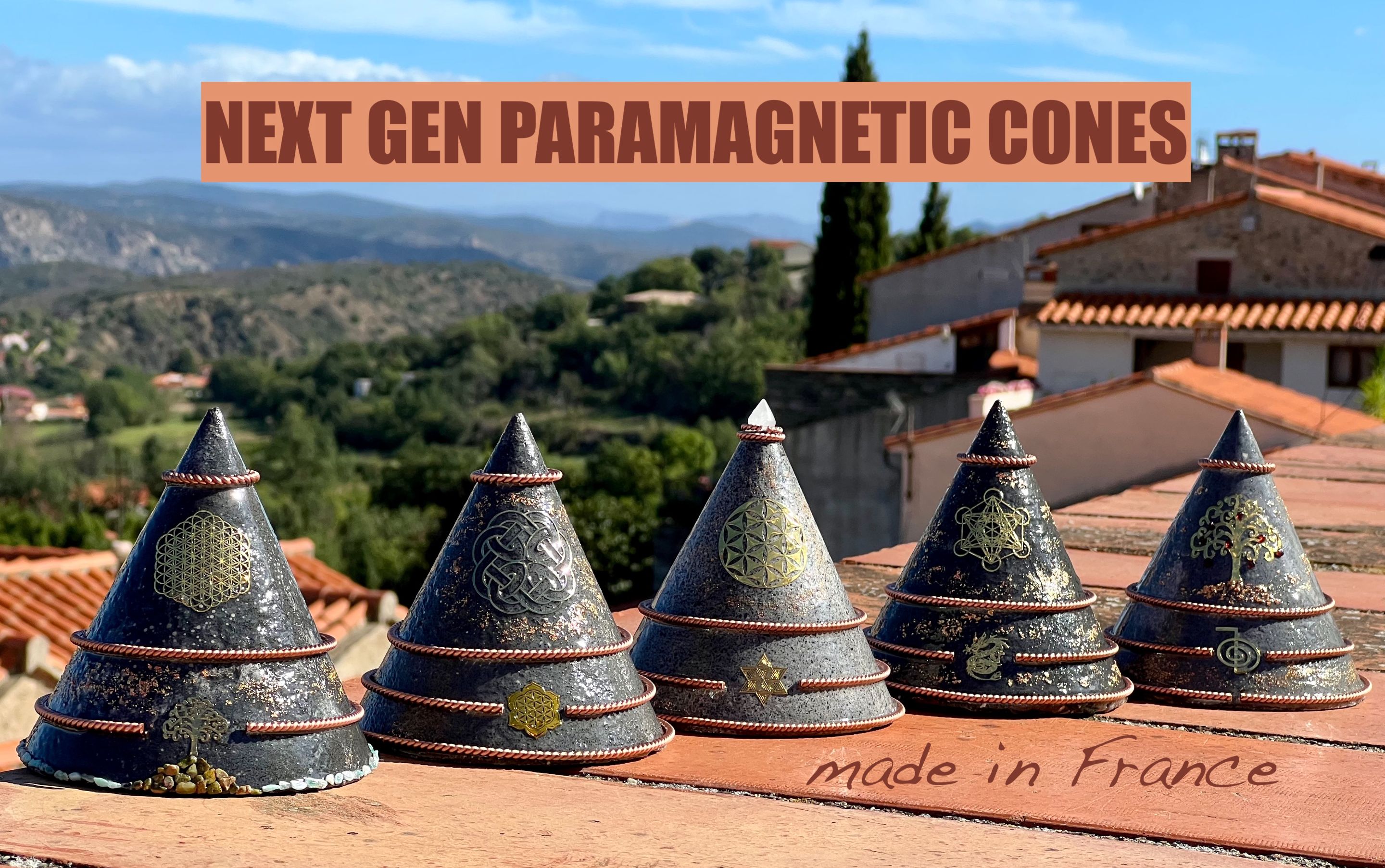
Am pleased to announce that after a Summer of making basalt electroculture cones unlike any you have ever seen, not only for the garden but also for the home, i have decided to make the prototypes available to buy here on Hive, prior to listing them on Etsy. I feel like making them available here first because it was with the help of this community that i have been able to find myself a viable business which ticks all the boxes, ethically, spiritually, physically & creatively.
Unlike a factory production line i never make the same cone twice so they will always be free to continue their evolution in sync with my own.
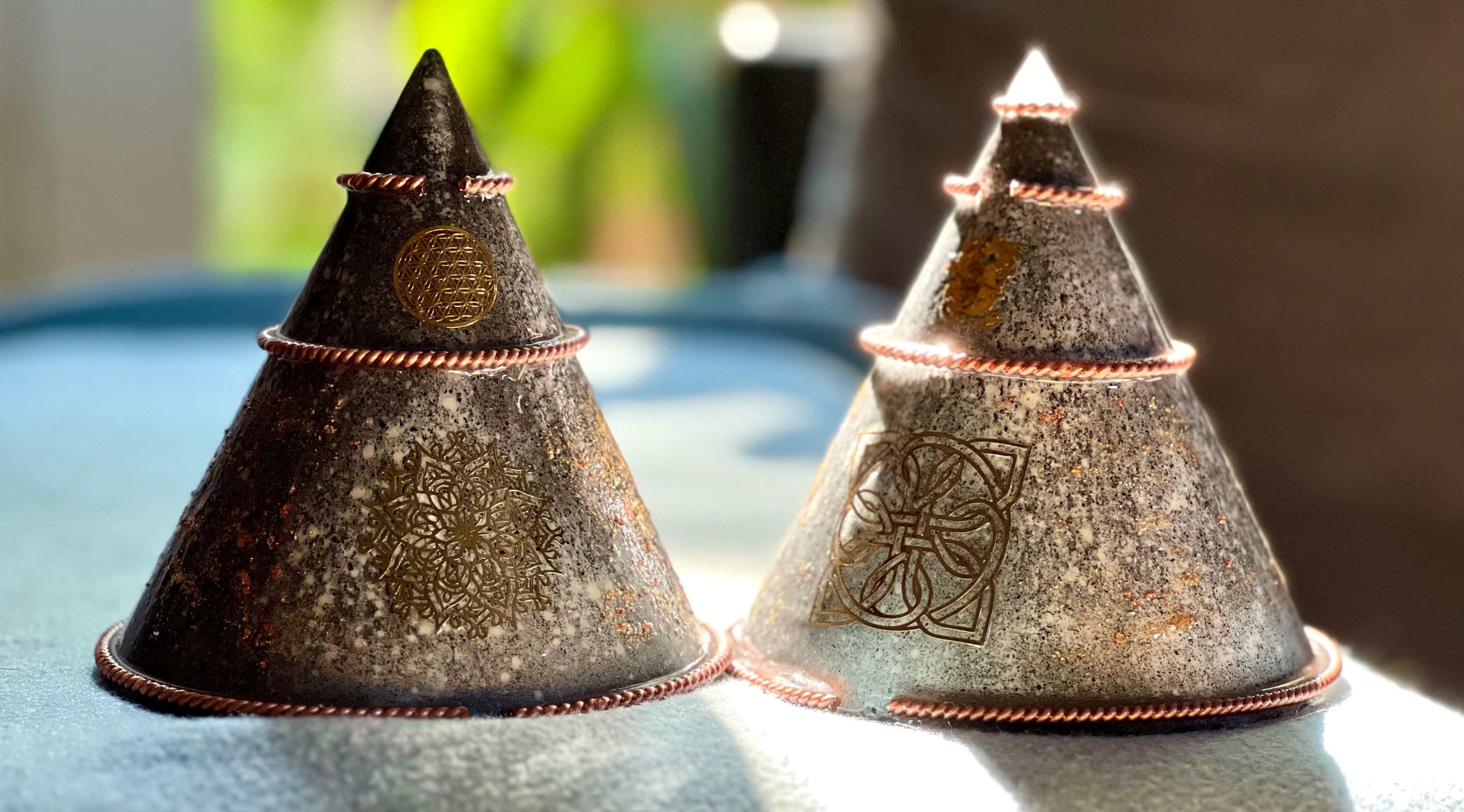
My explorations in electroculture have been varied over the last four years and i don't bother making copper spirals any more, not because i don't think they work, but because i think other things work better. Plus, many of the copper spirals i made four years ago have been trampled on and eaten up by the soil never to be found again, so i was looking to make something more robust, something which would never get lost, never deform and never stop working.
Further to this it is clear to me now that which is good for plants is also good for us, yet there are not many electroculture antenna we would feel good about putting on our mantlepiece. Yes, they can be pretty but still feel out of place in our home.
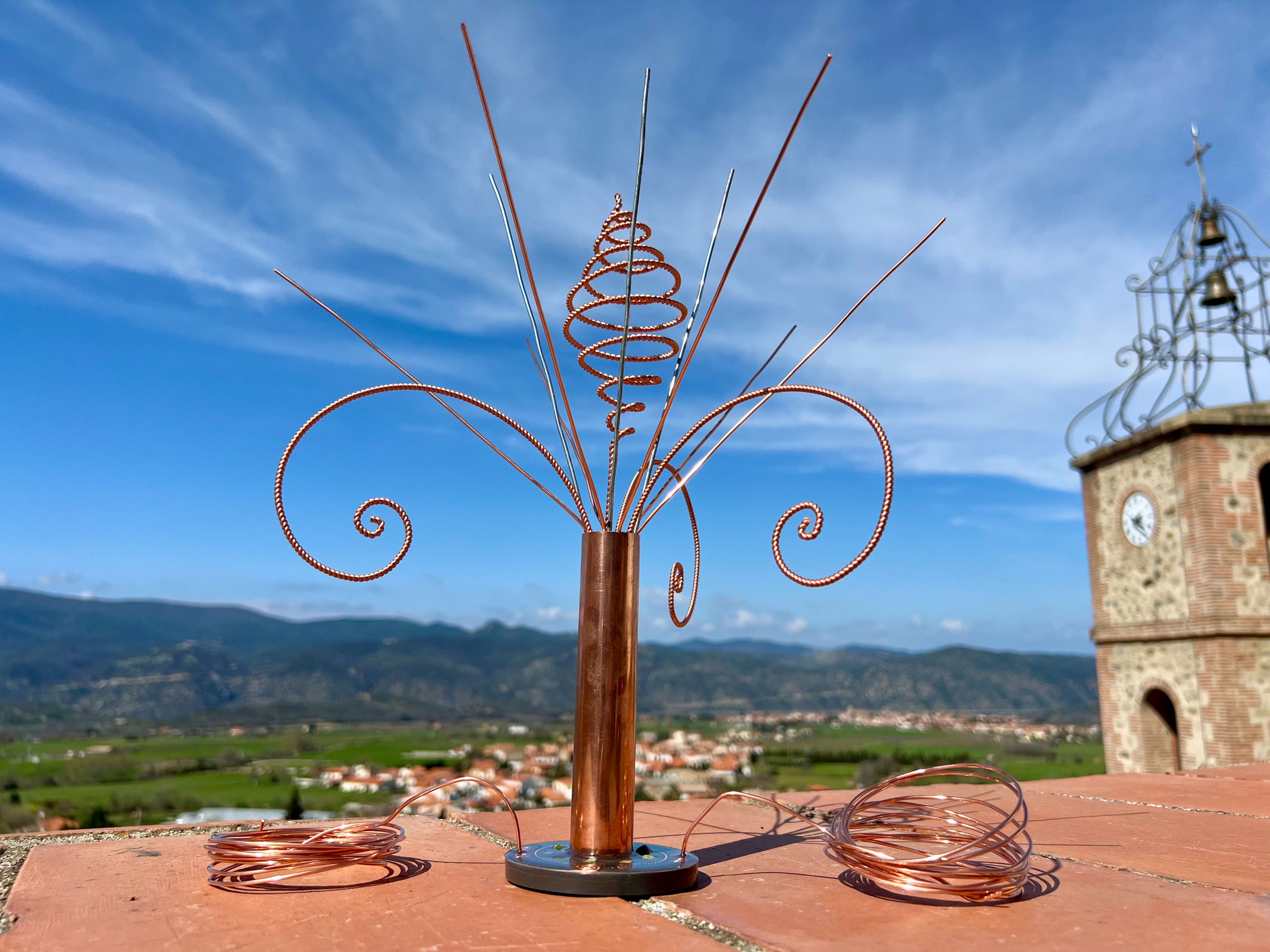
For this reason i have taken my favorite antenna, the 52° apex cone, currently only available in cement & basalt from other suppliers, and turned it into something which works both for the home and the garden.
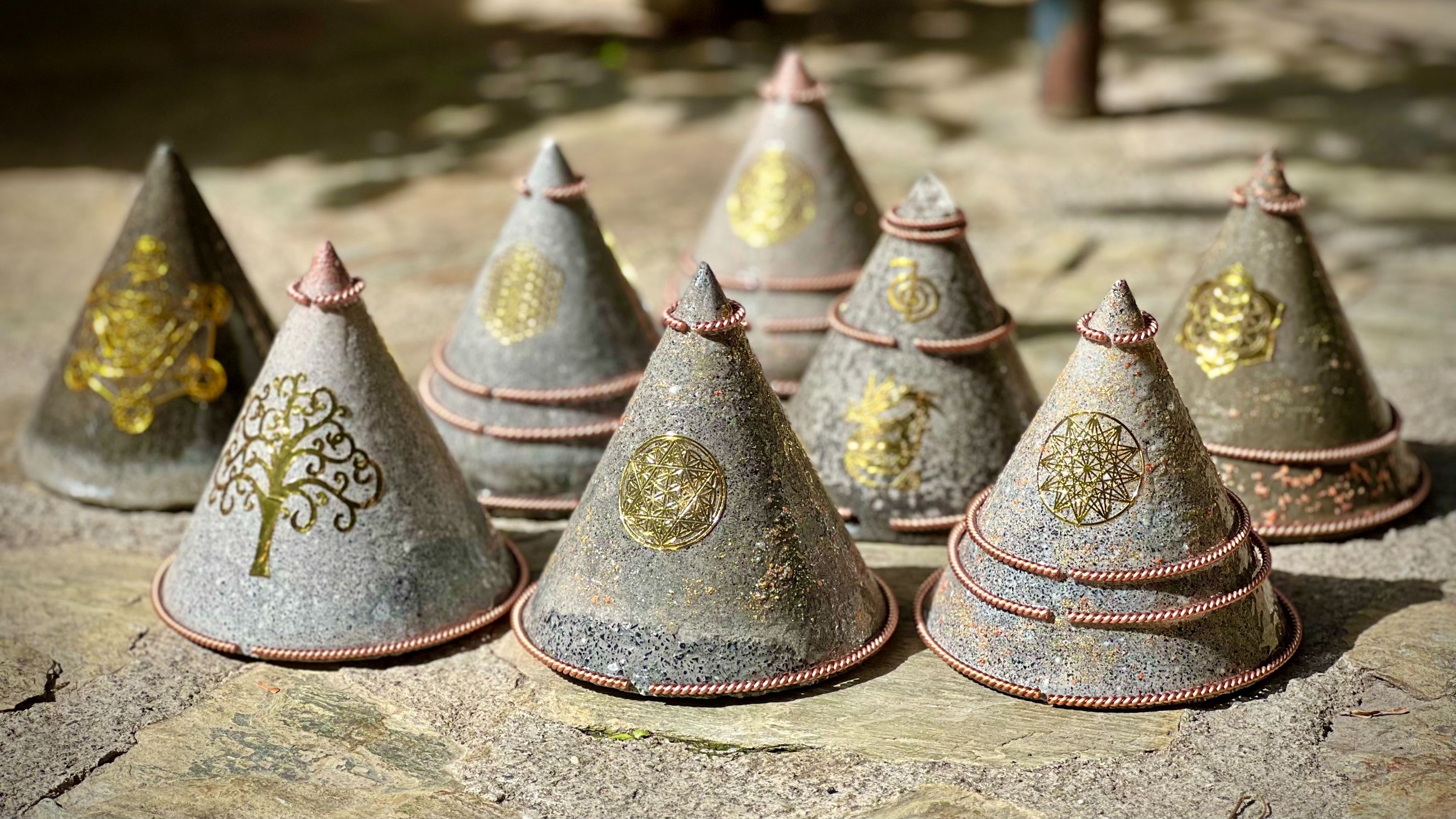
Having had a fair bit of experience making orgonite, which is similar in many ways to these cones, i felt the transition from ugly concrete cone to original artistic creation come quite naturally and it has been a real pleasure using my skills & knowledge to enhance their effectiveness and beauty.
Another transition has been made from cement to Roman concrete. In this way i can claim that underneath the resin the cone is made of 100% natural products, with the potential to last 1000s of years, like the colosseum in Rome.
In a nutshell, no one else makes cones this way, so i trust you will enjoy this little tour of my journey of exploration along with some of the final products.
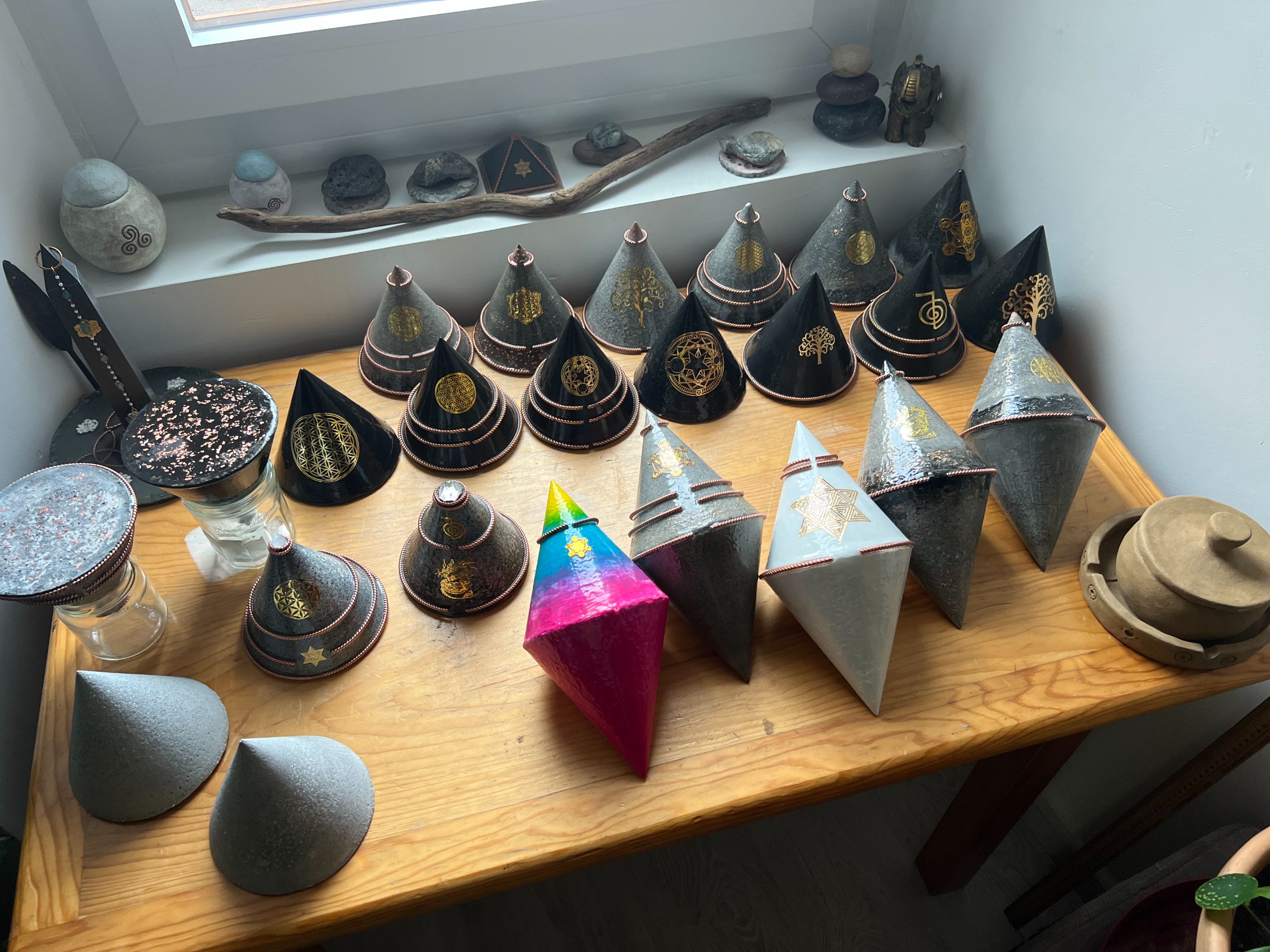
Why cones?
A cone is a pretty magical shape in its own right as a perfect circle extending out from a central point in a three dimensional form. Without any knowledge at all one could make an educated guess that the form focuses energy at its apex.
To illustrate this i draw your attention to listening horns, used before the introduction of electronic amplifiers to magnify sounds for the hard of hearing.
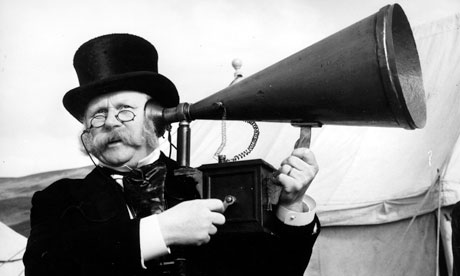
As sound-waves are nothing more than frequencies in the audible range one can say with certainty that the cone shape has the ability to increase the strength of frequencies, concentrating them at the apex for the listener, as seen here in WW1 before the invention of radar.
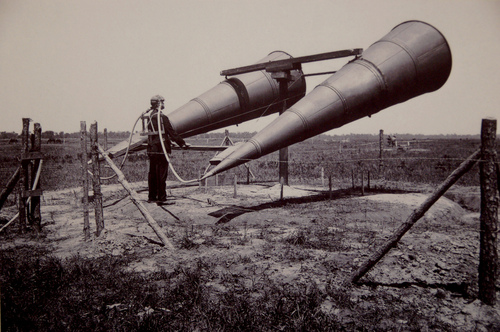
A brass wind instrument on the other hand uses the cone to increase the strength of a frequency in the opposite direction, from the apex outward.
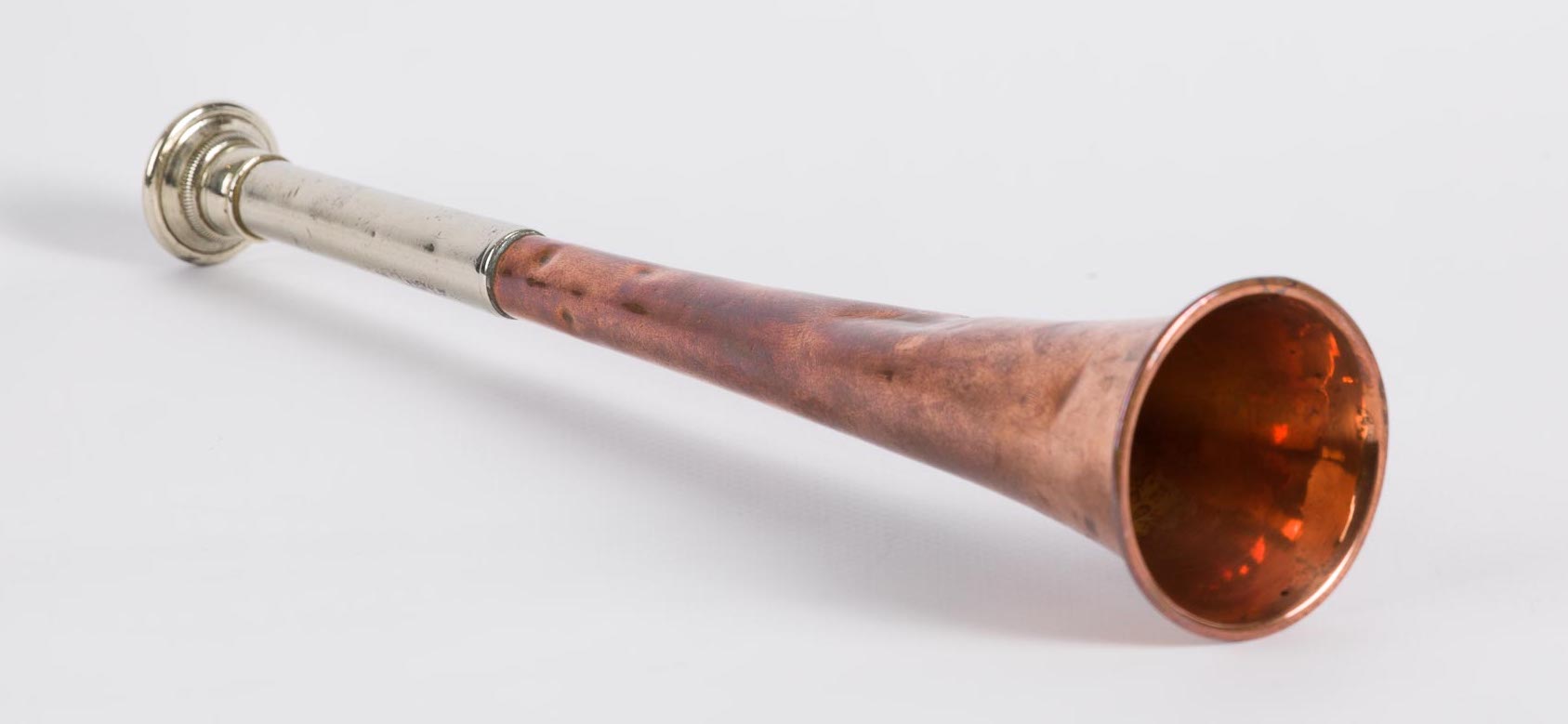
So cones are able to amplify frequency no matter which direction the signal is traveling. A point worth remembering as we explore this subject further.
Now let's take a look at some historical cones.
A quick history of cone hats 🧙🏻♂️
Conical headwear has evidently been around since the earliest civilisations and importantly cones were not worn by the average person. Here you can see a carving made by the Ancient Mesopotamians and Sumerians of their gods, "those who from heaven came" (if we are to believe Sitchin's translation).
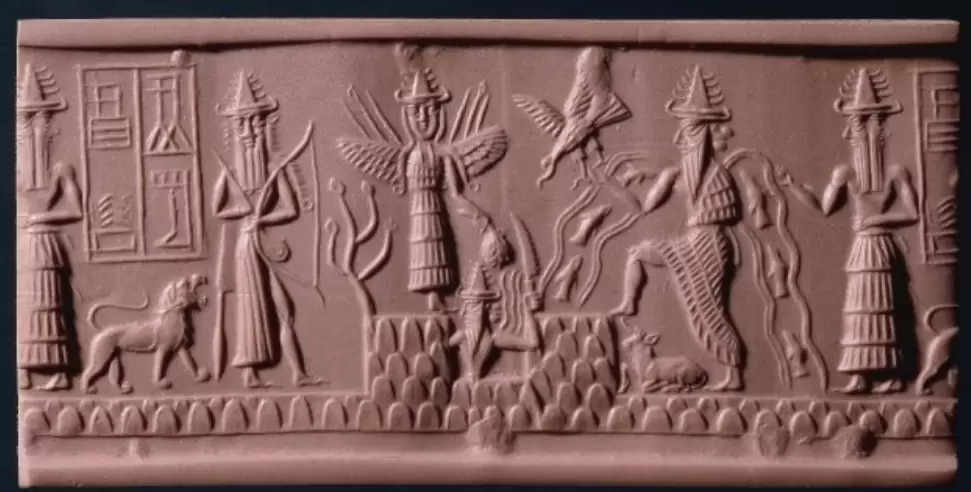
Then we have the Egyptian Pharaohs.
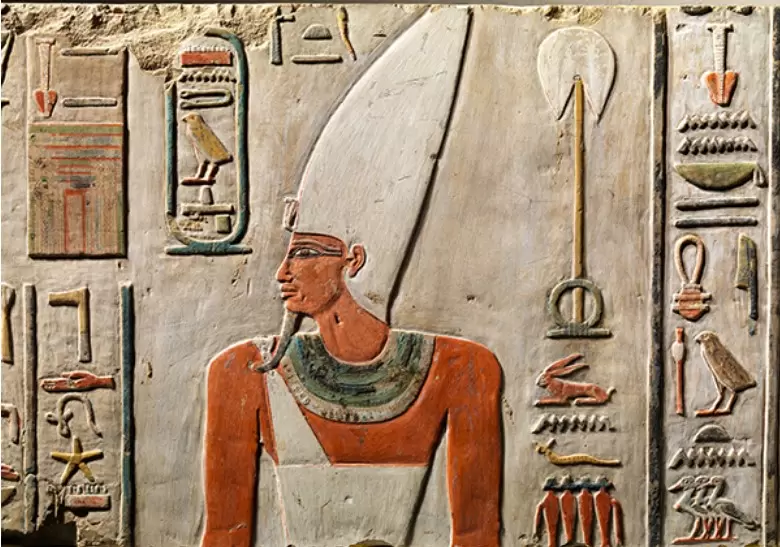
And what about the golden cone hats of the bronze age, found in Europe?
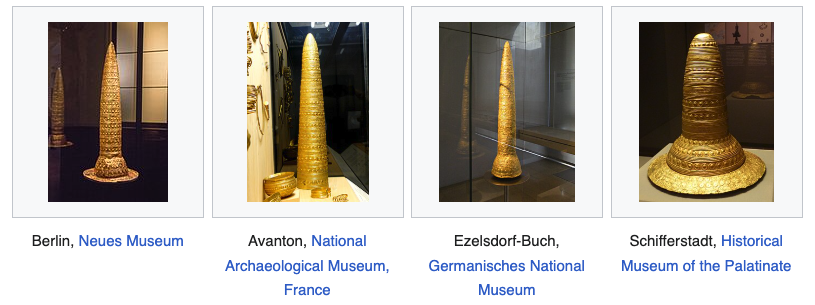
We don't know in what circumstances the golden hats were worn but we are at least sure they did go on peoples' heads. They are in fact much lighter than they look, each one made from a single sheet of gold leaf.
In the 10th century the Hungarian elite wore caps with silver cones at the top.

12th century Samurai. Elite warriors.
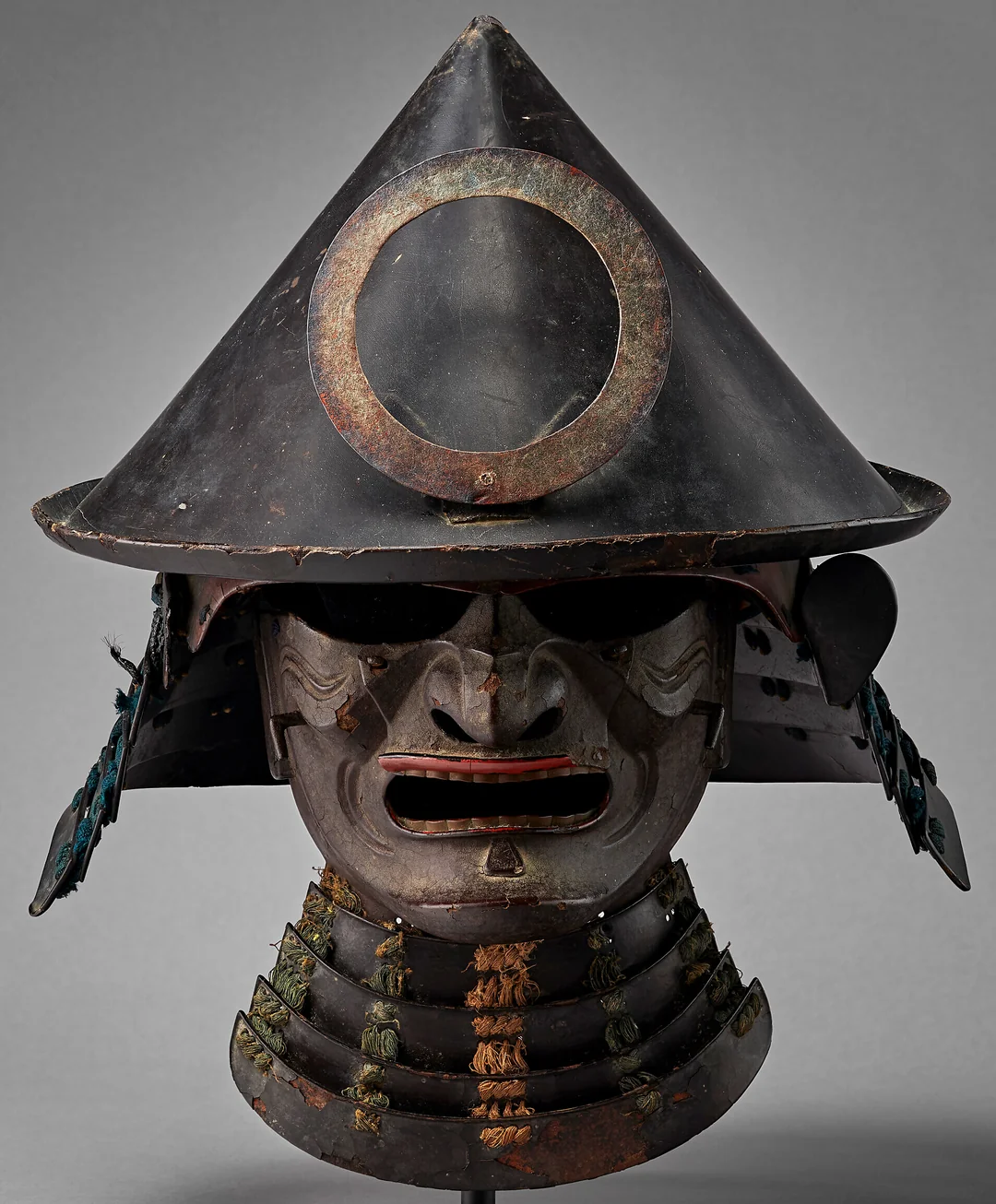 source
source
In Medieval Europe the Jews were known to wear conical hats, initially by choice, but eventually enforced as a way to differentiate between them and other people.
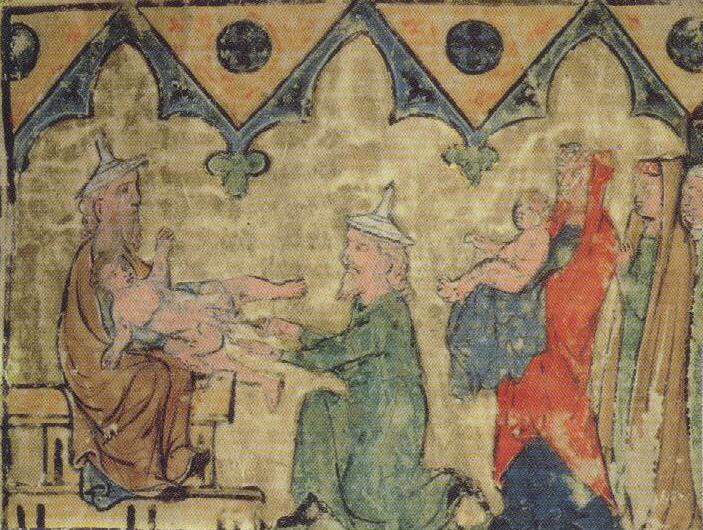
Also in the medieval period noblewomen began to wear cone hats (hennin) as a sign of intelligence.
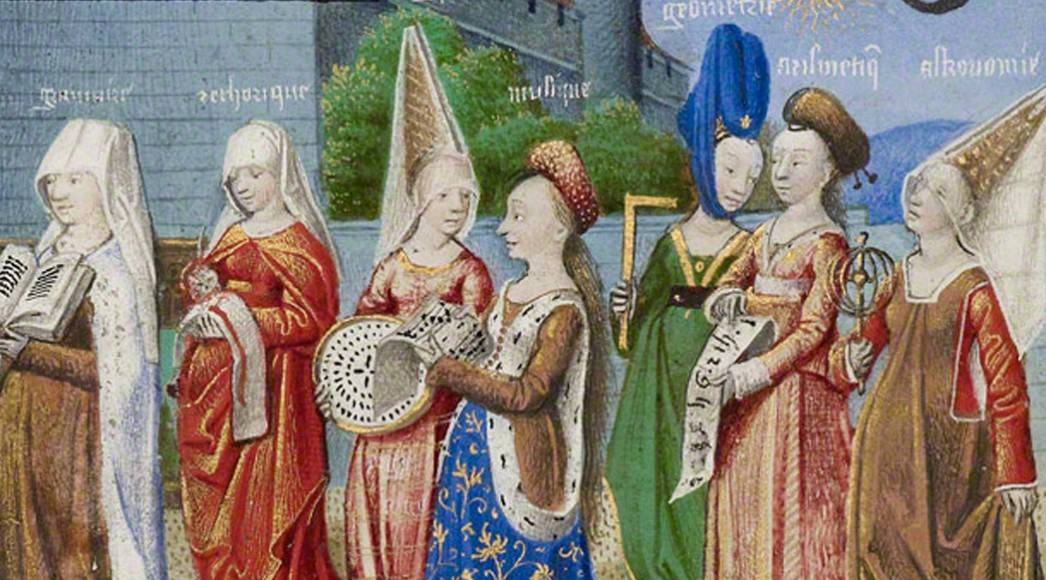
So we have to ask the question, did they wear the cones because they were intelligent, or were they intelligent because they wore cones?
John Duns Scotus believed the latter. He was a Scottish Catholic priest, Franciscan friar, university professor, philosopher and theologian, born around 1266. Scotus claimed that conical hats would funnel knowledge into the brain and his followers were known to wear them for exactly this reason.

Witches & wizards are also known for wearing conical hats, but this is in fact a false depiction of them, a product of post-medieval art, storytelling and fantasy, potentially originating with Scotus himself, a wizard type character who sported a beard, spiral ended staff and cone shaped hat with cone shaped robe over the top.
Followers of Scotus ensured that conical hats were made for children in classrooms to aid their ability to concentrate and it wasn't until many years later, when Scotus became first unpopular and then forgotten, that the dunce cap (named after him) became a sign of stupidity & punishment, a complete reversal of its original meaning and function.
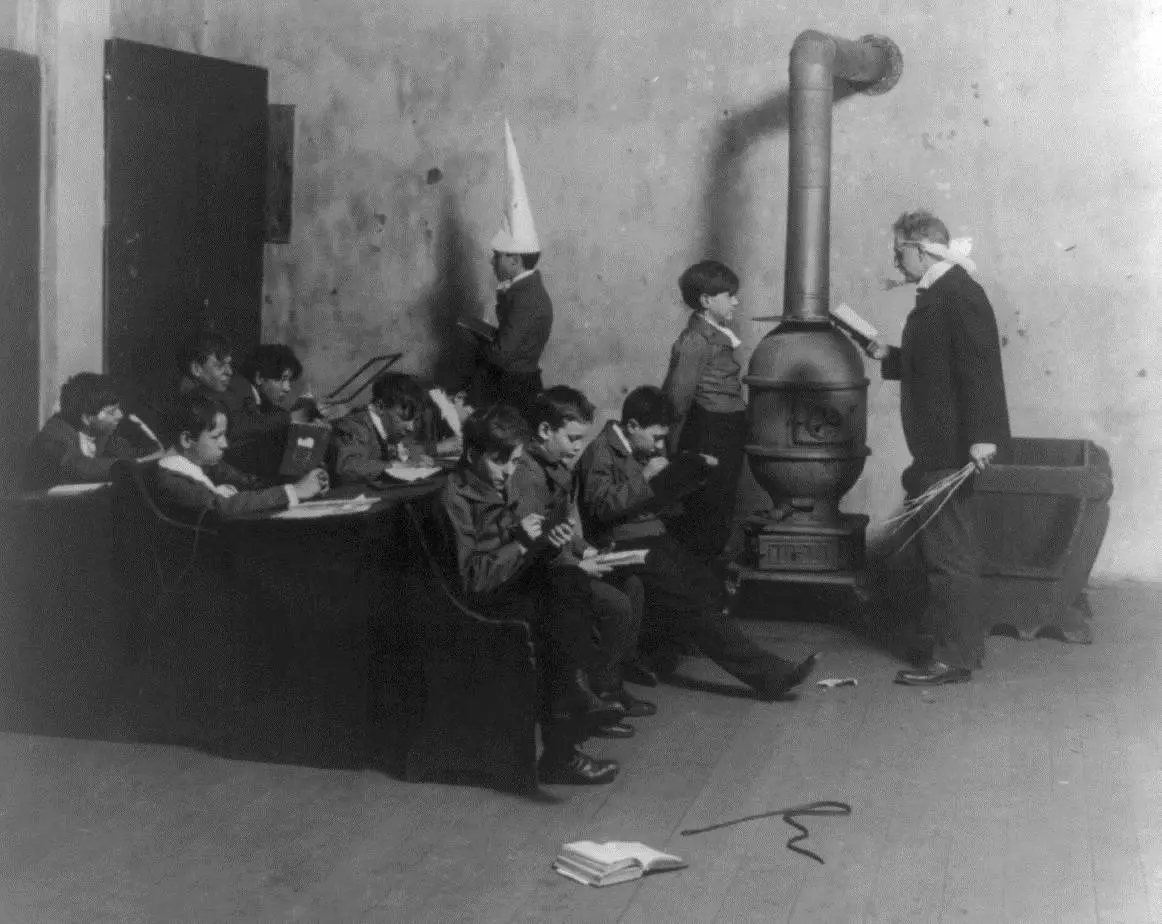
In the 19th century Victorian England popularised cone hats for children at parties and the tradition continues today worldwide.

In our current age we do still have some folks, like Asian farmers or the Fulani people of West Africa wearing cone hats, and perhaps they are more enlightened for it?

But here in Europe and also in the US the cone hat is now associated with the conspiracy theorist, someone perceived to be paranoid and likely crazy.

So cone hats have gone from being knowledge funneling devices worn by leaders, intellectuals, elite warriors, Sumerian gods & even God's supposedly chosen people the Jews, to a symbol of stupidity, paranoia and youthful ignorance.
An intentional transition?
As a metaphorical cone wearer myself, i would say yes!
The clues are all around us but we don't see them until we are looking for them.
Why does food cooked in a tagine pot taste amazing?

Why do we feel so good when we step under a big top tent?
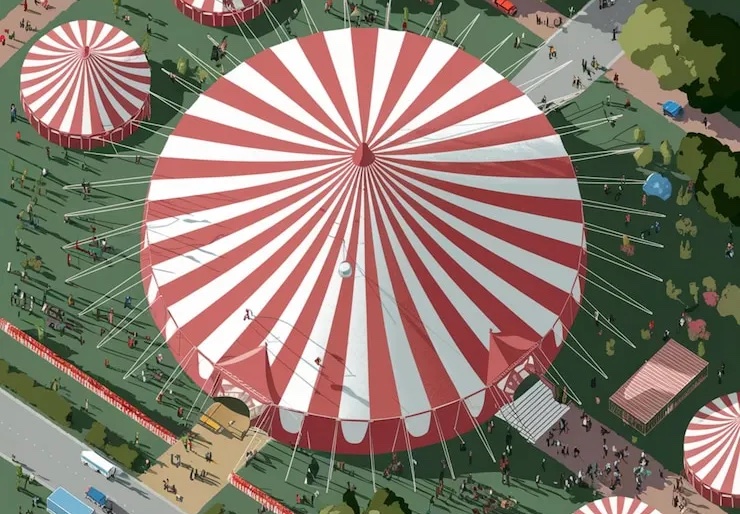
Why are children inextricably drawn to ice cream presented this way?

Why do the root systems of most plants form a conical shape?
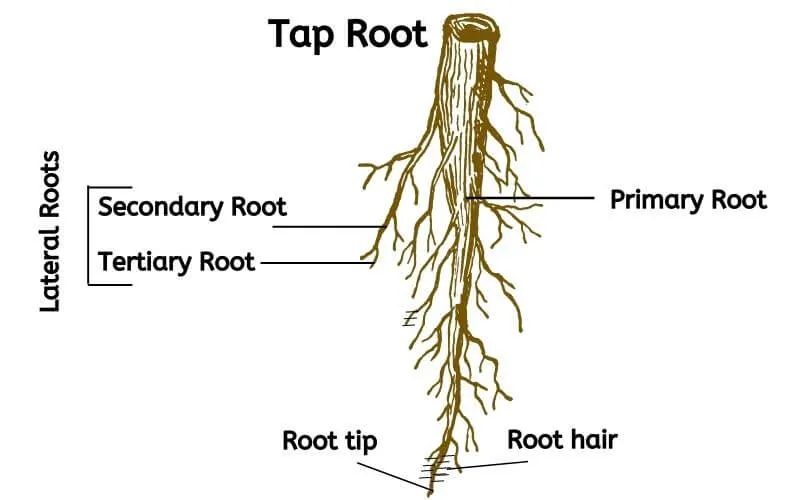
Why is our pineal gland shaped like a cone and why were out ancestors obsessed it?
 source
source
I think by now you can guess the answer.
There's something quite magical about the cone shape.
The 52° apex cone
The Great Pyramid of Giza has encoded within it fundamental mathematical constants like π, ϕ, and e, so the designers did not choose the slope angle of the pyramid's faces, approximately 51°51′ (or 51.85° in decimal) by chance.
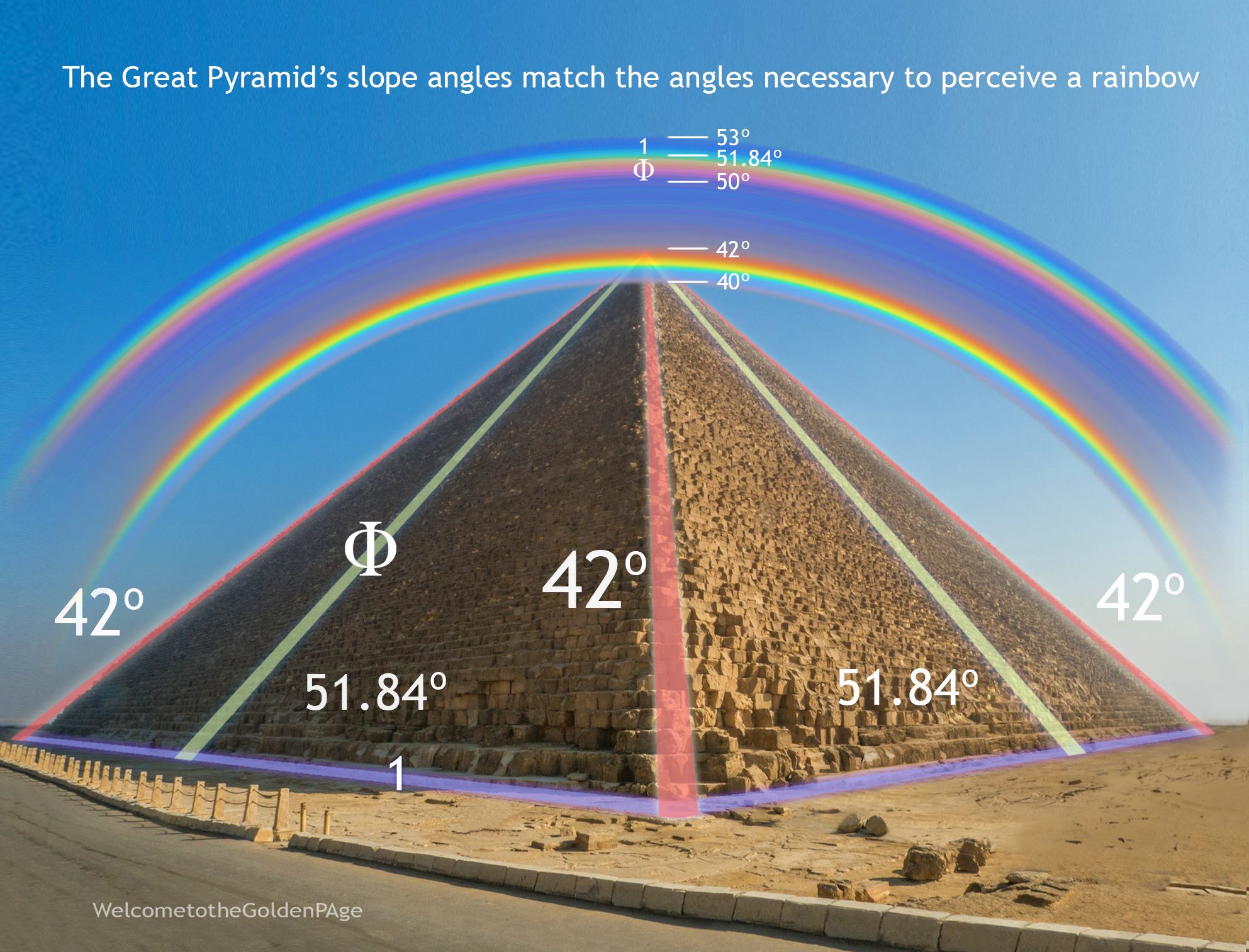 Source
Source
A 52° apex cone is therefore mimicking the slope angle of the Great Pyramid and by doing so it captures certain frequencies the pyramid itself was designed to generate.
I built a wood frame pyramid with copper wire boarders in my garden three years ago replicating the Great Pyramid's dimensions exactly and have seen impressive resulting growth since then from the plants in and around it.

We actually have pyramids, cones & towers all over the garden these days.
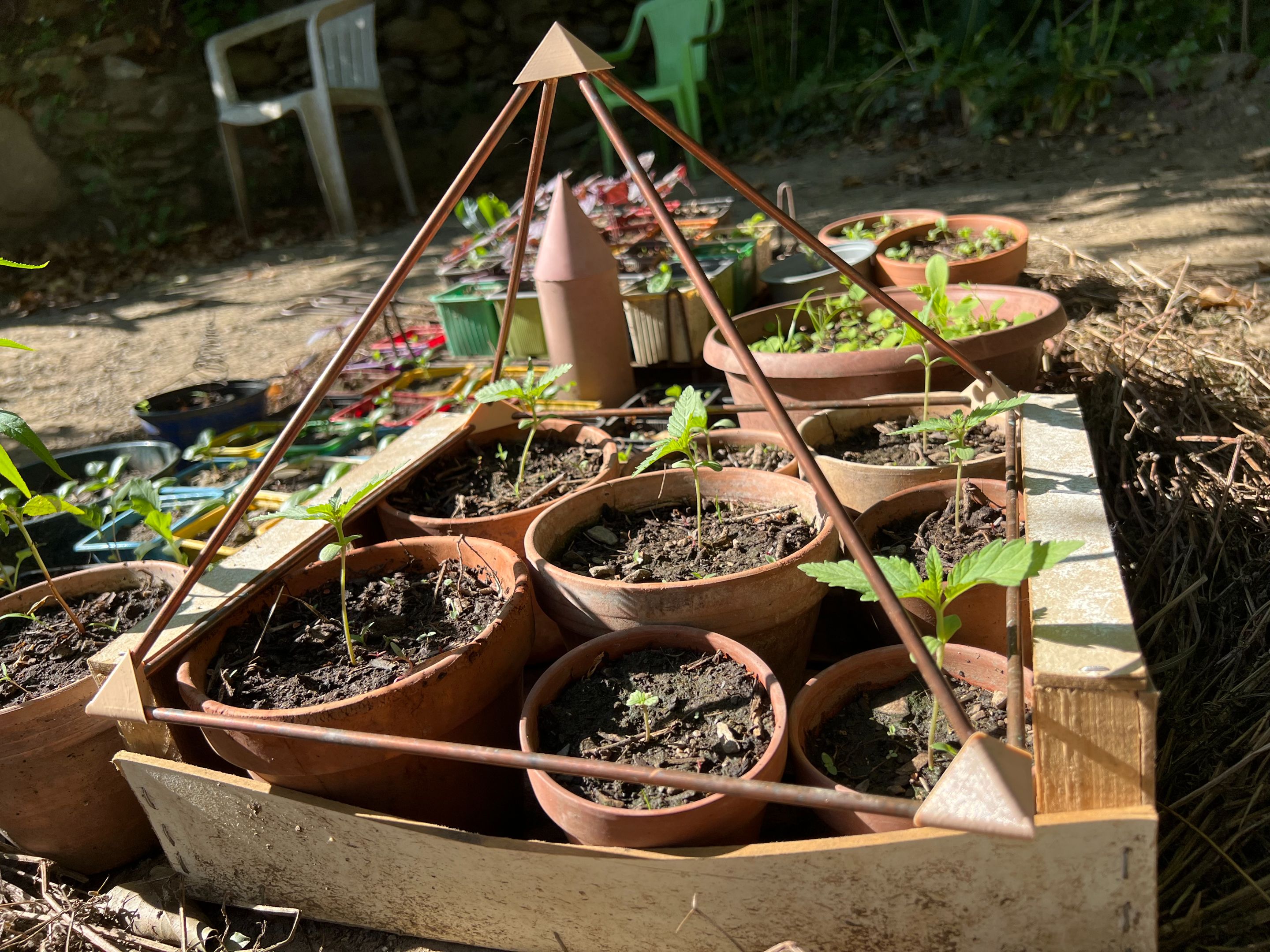
Because i can visibly see them helping the plants.
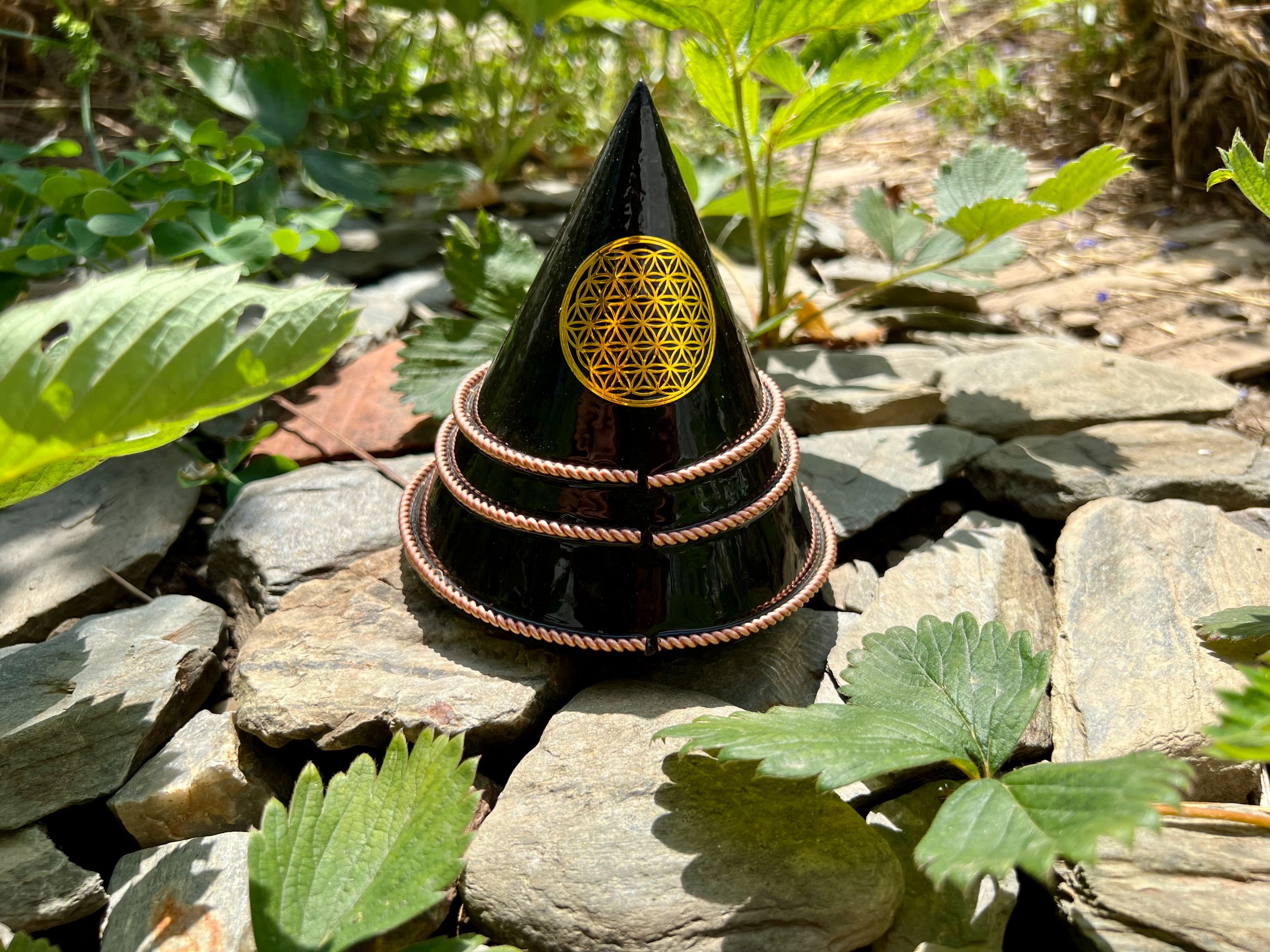
Here is a lettuce i grew this Spring.

And here is a cucumber i harvested for its seeds a few days ago, length 42cms, weight 1283g.
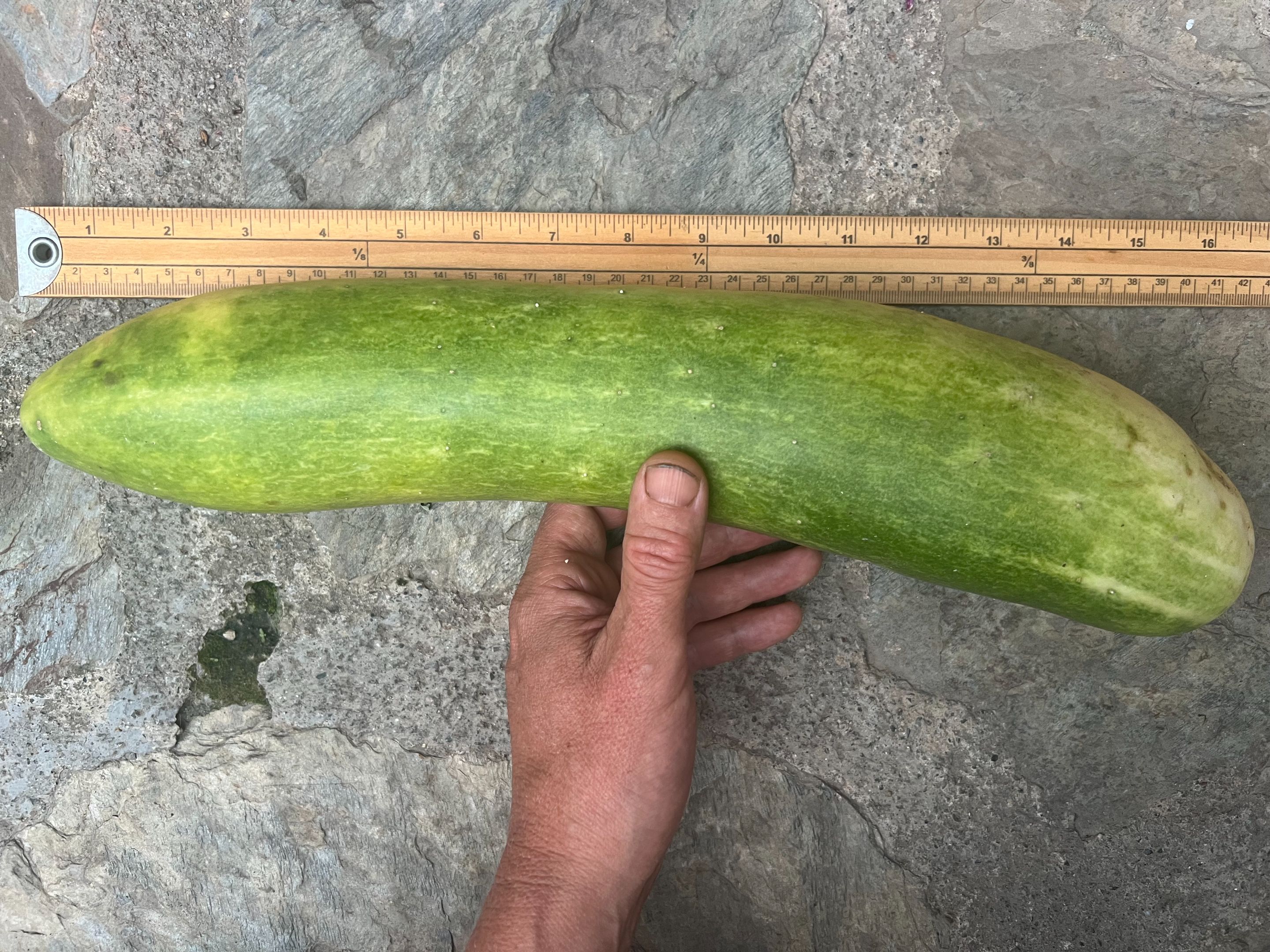
Am pretty sure you can't buy cucumbers & lettuce like this grown without fertiliser.
The only reason i can is because i have an understanding of what the pyramid was originally used for.
So the idea of a cone which focuses on just one of these magical pyramid angles, projecting its beneficial frequencies out in all directions from the centre seems logical to me.
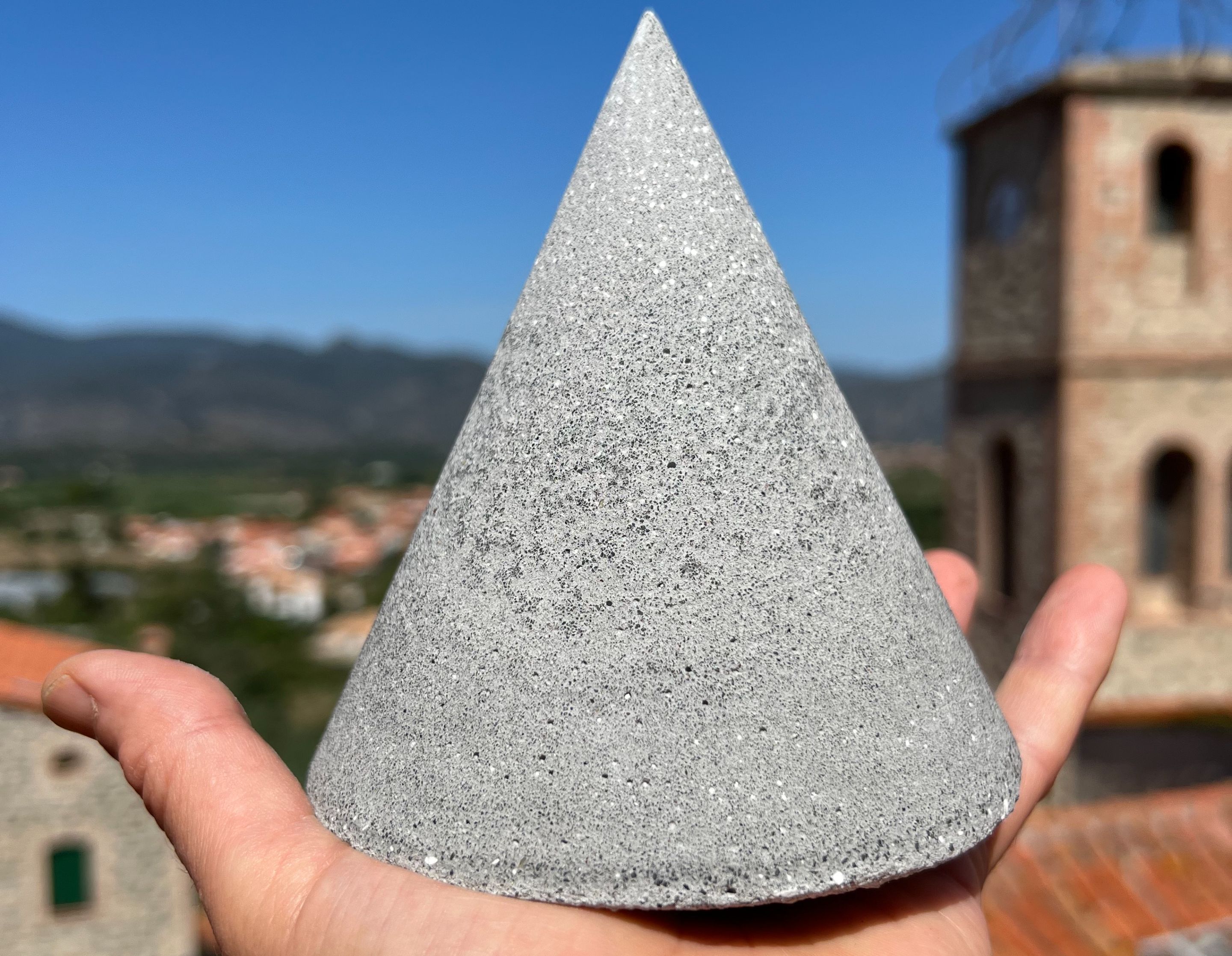
The cone appears to act as a scrubbing device, cleaning the atmosphere around it of any harmful EMFs while at the same time projecting a frequency beneficial to anything living. You could call it a life force energy. Or you could call it by any of its other names, Prana, Chi, Orgone, Cosmic etc.
Functional architecture
The 52° apex cone has appeared in ancient architecture over and over because our ancestors were much better than us at making their constructions serve both as buildings and as energy devices/antenna which would be of benefit to the occupants and local environment, extending out to surrounding agriculture & livestock.
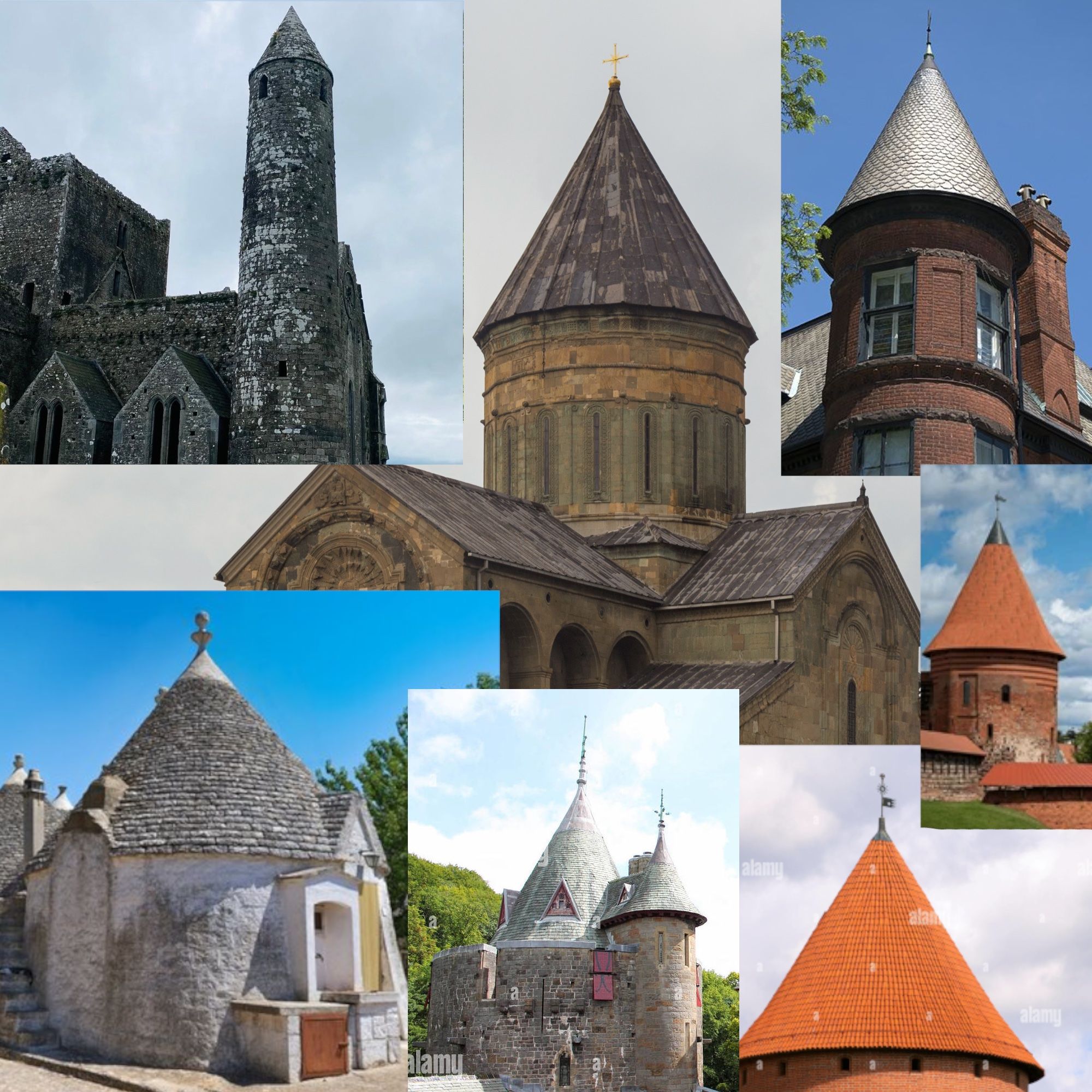
The Irish elevated their 52° cones high up on top of towers, but for what purpose?
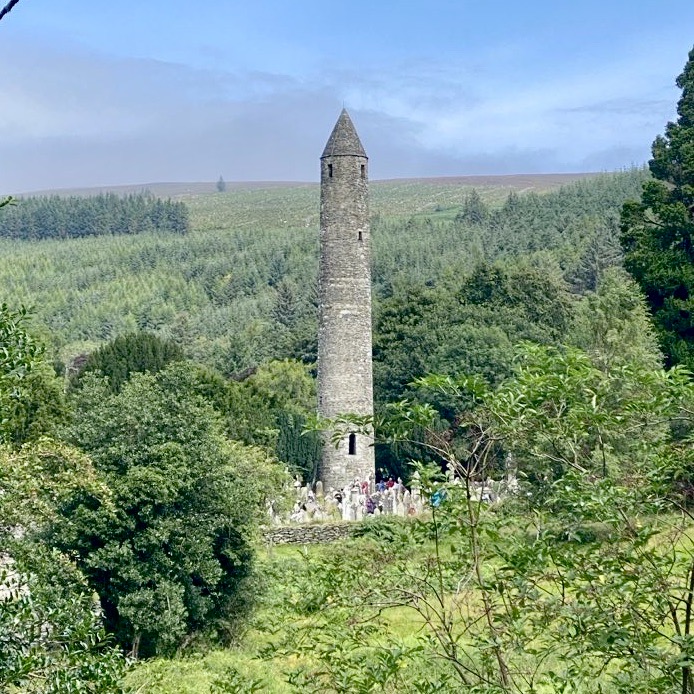
Locals tell us they were bell towers.
Historians tell us they were places of safety from Viking raiders.
While more open minded observers make the connection with agriculture, seven of whom wrote books about it between 1938 and the present:
-
O’Kelly, Michael. The Round Towers of Ireland: A Study of Their Electromagnetic Influence on Plant Life (Dublin: privately printed, 1938). – 42 pp. First mention of “paramagnetic stone field” around Clondalkin tower; germination tests on wheat and beans.
-
Walsh, Seán. Irish Towers and the Growth of Crops (Cork: Tower Press, 1956). – 78 pp. Observations on barley plots sited 20 m from Devenish and Glendalough towers.
-
Ó Laoire, Bríd. The Living Monolith: Round Towers as Bio-Energy Antennae (Galway: Celtic Science, 1981). – 96 pp. Includes 4-year rye-grass trial with EMF meters and soil conductivity maps.
-
Murphy, Liam. Electroculture in Ancient Ireland: The Round Tower Factor (Belfast: Lagan Books, 2004). – 132 pp. Controlled pot experiments with oats; compares tower basalt to local limestone.
-
Fitzgerald, Aoife. Paramagnetic Towers: Round Towers and Plant Vitality in the West of Ireland (Maynooth: NUIM Dissertation, 2011). – 187 pp. MSc thesis; detailed chlorophyll-a fluorescence data.
-
Casey, Pádraig & Ní Mhurchú, Máire. Sacred Stones, Living Seeds: Irish Round Towers as Natural Growth Enhancers (Dublin: Four Courts Press, 2017). – 220 pp. Multi-site study (eight towers); growth-rate gains of 8-15 % reported for kale and wheat.
-
Kavanagh, Diarmuid. Bio-Resonant Towers: Round Towers and Electro-Horticulture in Early Christian Ireland (Skibbereen: Atlantic Grove Books, 2021). – 160 pp. Combines soil magnetometry, Arduino sensors, and basil germination trials.
And then we have the great Philip S. Callahan who examines the Irish round towers (amongst other things) in the following books:
-
Ancient Mysteries, Modern Visions: The Magnetic Life of Agriculture
-
Nature's Silent Music
-
Rediscovering Nature's Secret Force of Growth
-
The Mysterious Round Towers of Ireland: Low Energy Radio in Nature (article)
In Callahan's 'Rediscovering Nature's Secret Force of Growth' he discusses the construction of the towers, observing how they are built using paramagnetic materials like basalt, red sandstone, and granite, which he believes allowed them to function as resonant systems for collecting and storing magnetic and electromagnetic energy from the earth and skies.
He concludes that the towers act as large-scale "antennae" or "energy conductors", their form and materials enabling resonance with cosmic frequencies.
Basalt is for this reason the main ingredient in our modern equivalent cones.
The more paramagnetic the better.
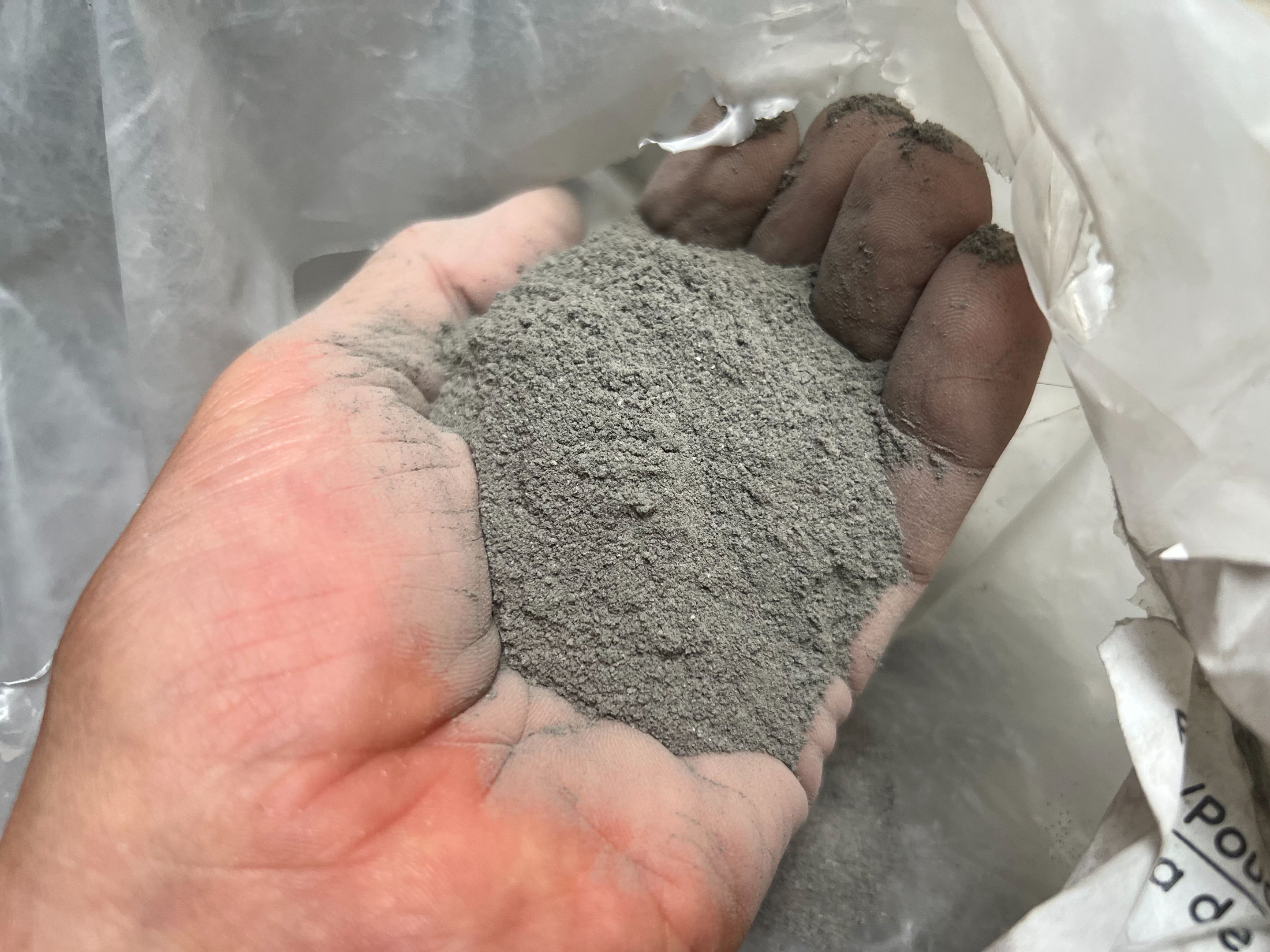
Basalt with values above 2000µCGS is classified as having exceptionally high paramagnetism. The one i am using is 7200µCGS.
Why are my basalt cones different from other suppliers?
Yannick Van Doorne was the first person to make basalt/cement cones which mimic the effects of Irish round towers, bringing this and other technologies back into the public eye for the first time in a very long time. And for this we must congratulate him! Which i did in this 2022 article.
He has a few other compe
